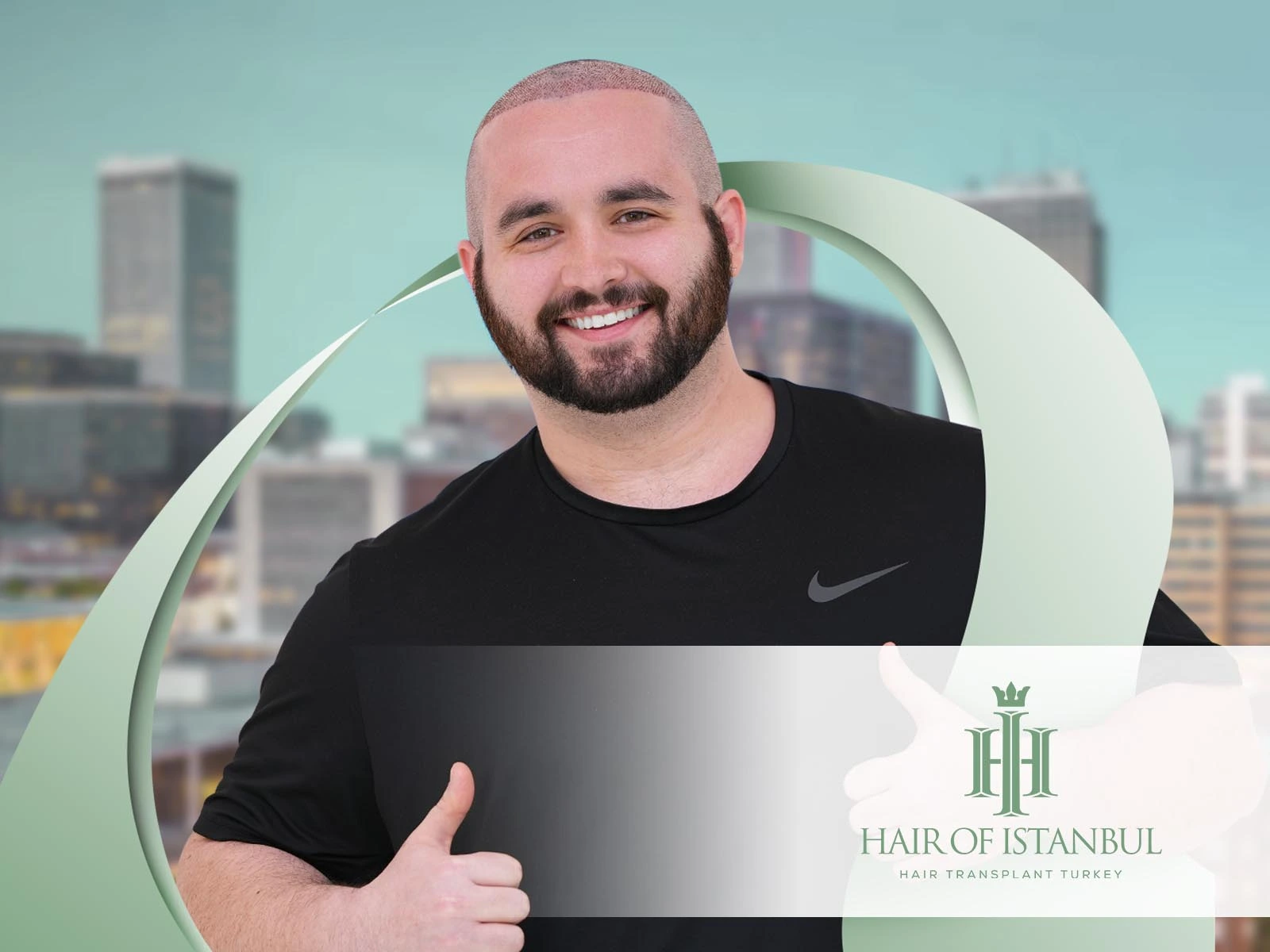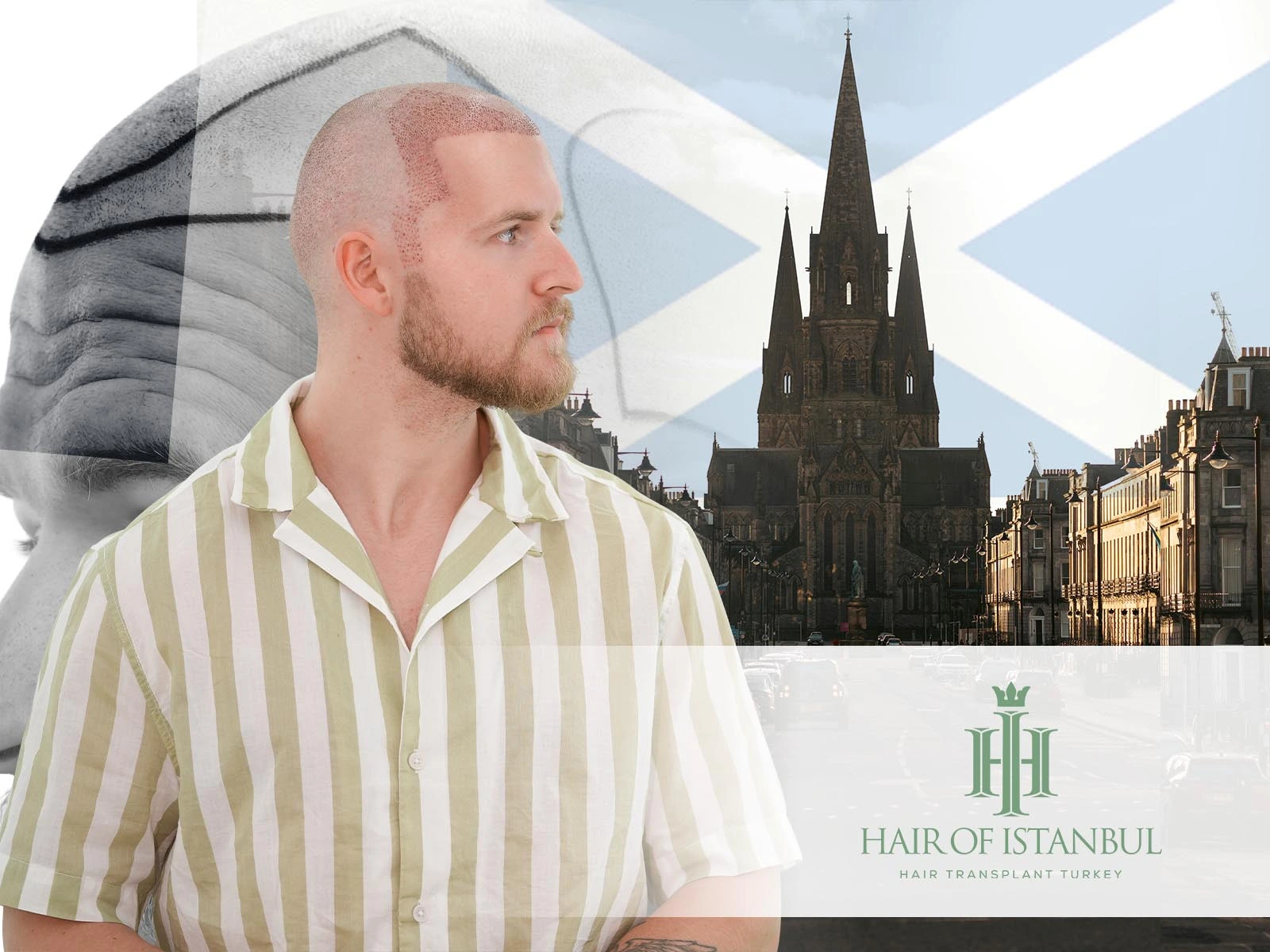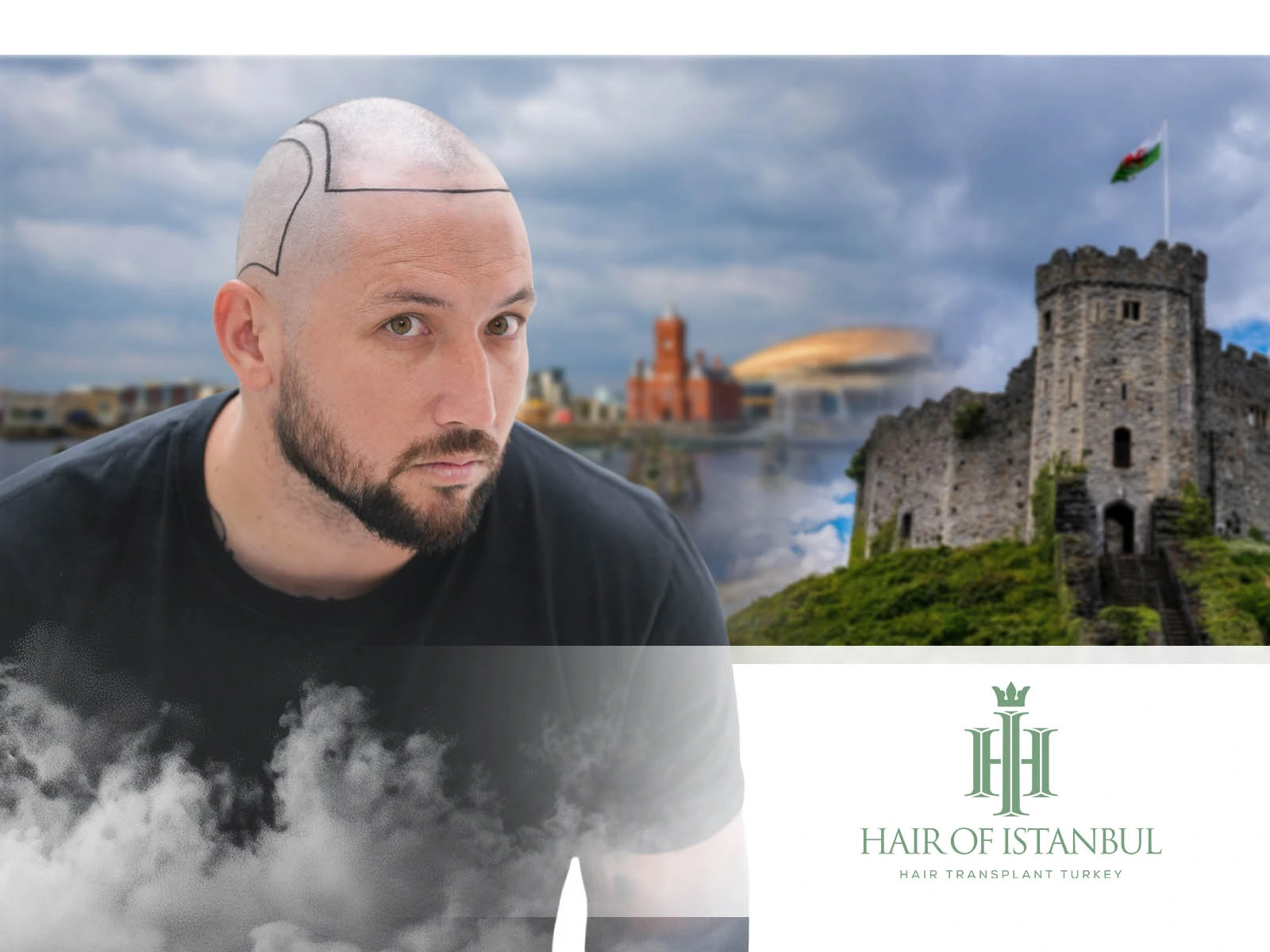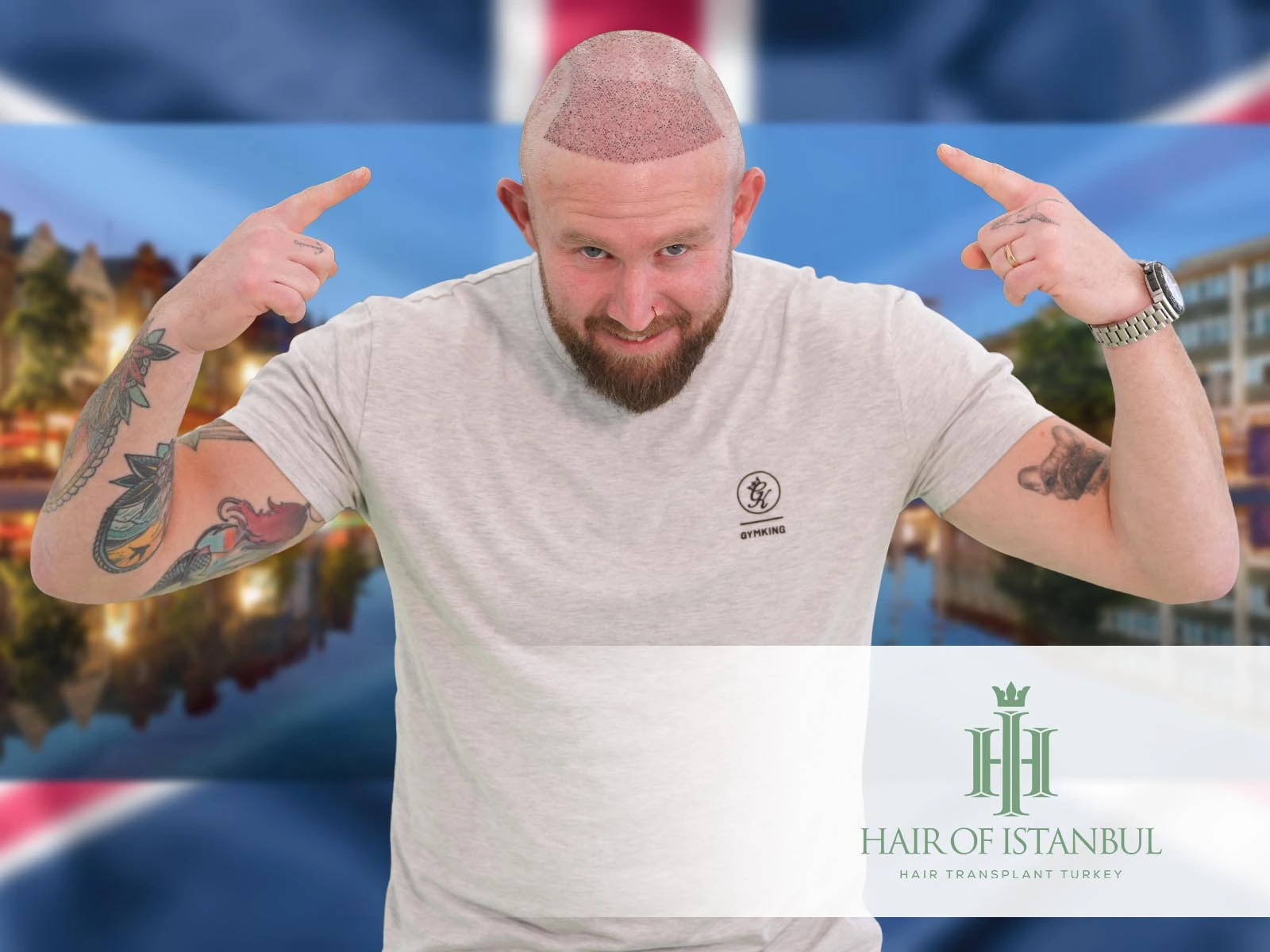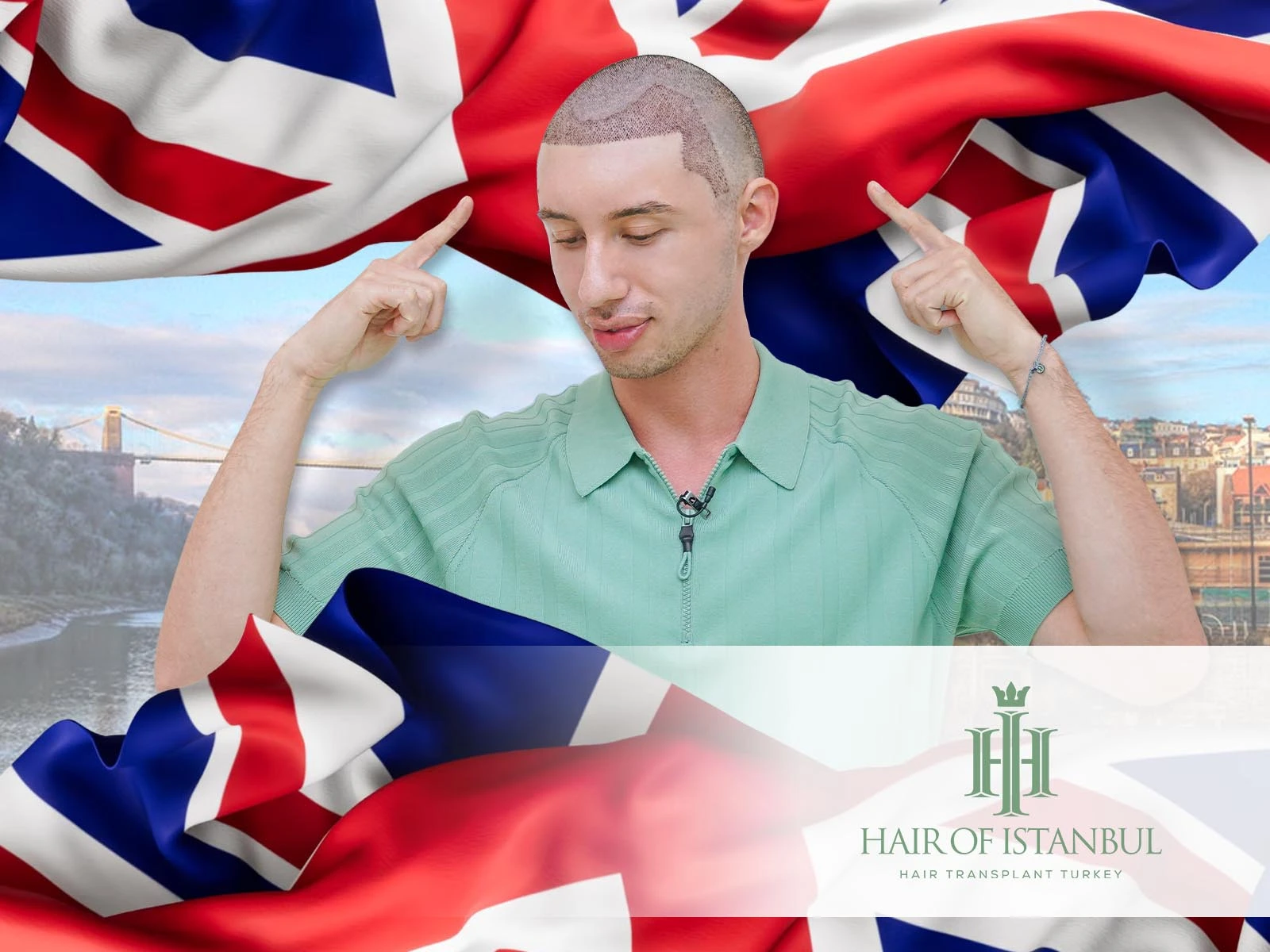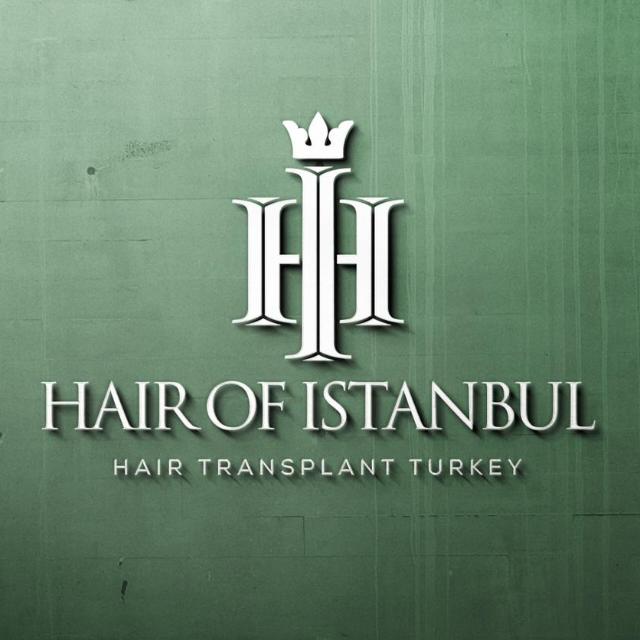Pimples After Hair Transplant: How to Manage Them?
Embarking on a journey to restore hair through transplantation often brings about unexpected guests: small, bump-like issues on the scalp. Commonly appearing in the weeks following the procedure, these skin reactions can cause concern and curiosity among patients. It’s a topic widely discussed, with many seeking to understand the nature of these changes.
This piece aims to shed light on why these bumps emerge and how they fit into the recovery process. As we delve deeper, we’ll explore the collective wisdom and medical advice surrounding this common post-operative occurrence. Join us as we navigate through the experiences, precautions, and care tips to ensure a smooth path to recovery.
Are Pimples on Scalp Normal After Hair Transplant?
It is quite common to observe pimples, medically referred to as folliculitis, on the scalp following a hair transplant. These bumps are indicative of the body’s natural healing process as it adapts to the newly transplanted follicles. While swelling and discomfort are also frequent in the treated area, the appearance of pimples signals the scalp’s response to the intervention.
This condition, though possibly unsightly, is typically a temporary side effect, signaling that the transplanted hairs are beginning to make their way through the skin. Proper care and cleanliness of the scalp can aid in minimizing these outbreaks, ensuring a smoother recovery. [1]
Why Do Pimples Appear After Hair Transplant?
| Cause | Description | How it Relates to Pimples |
| Ingrown Hairs: | Hairs that curl back into the skin instead of rising up, often sharpened by shaving. | Can mimic pimples, especially if filled with pus due to infection. [2] |
| Folliculitis: | Inflammation of damaged hair follicles. | Appears as pimple-like bumps on the scalp. |
| Health Conditions: | Conditions like diabetes or blood disorders can heighten the risk of serious scalp acne. | Increases susceptibility to infections, leading to pimples. |
| Post-Care Neglect: | Failing to properly care for the scalp after surgery, such as prolonged sun exposure or wearing hats. | Can clog pores, creating an environment ripe for pimples. |
Also Read: Shampoo After Hair Transplant: Nurturing New Growth
How Long Does Folliculitis Last After Hair Transplant?
After undergoing hair transplantation, patients might notice folliculitis, an inflammation around hair follicles, as part of the healing process. This condition can persist, posing risks for up to eight months post-procedure. During this period, the scalp is adjusting, and the emergence of such bumps is a sign of the body’s response to the newly implanted follicles.
It’s crucial to maintain a clean scalp and follow post-operative care instructions to mitigate these risks. With proper attention and care, the likelihood of prolonged folliculitis diminishes, paving the way for a healthy recovery and hair growth. [3]
Types of Pimples After Hair Transplant
Following a hair transplant, the emergence of pimples on the scalp is a common experience among many patients. These outbreaks can manifest in various forms, each with its own set of characteristics. Let’s delve into a detailed table that outlines the different types of pimples that can occur post-transplant, highlighting their unique features and underlying causes. [4]
| Folliculitis: | Small, red swellings or pustules on the scalp, the most frequent type of pimple post-transplant. |
| Acne: | Characterized by red, inflamed swellings or whiteheads on the scalp. |
| Cysts: | Small, hard, round lumps under the skin on the scalp. |
| Ingrown Hairs: | Similar in appearance to folliculitis, these pimples are caused by hairs growing back into the skin. |
| Keloids: | Raised scar tissue that can accompany pimples or other swellings on the scalp. |
Also Read: Alcohol After Hair Transplant: Understanding the Impacts!
Pimples in Donor Area After Hair Transplant
Pimples in the donor area post-hair transplant typically emerge around 4-5 months as the hair roots grow. The timing and duration of their appearance can vary based on individual care and the skin’s reaction to the procedure.
This variability underscores the importance of following post-operative guidelines to ensure optimal healing. Attention to cleanliness and proper scalp care can influence both the emergence and resolution of these pimples, highlighting the role of personal care in the post-transplant recovery phase.
What Do Pimples Look Like After Hair Transplant?
The appearance and timing of pimples after a hair transplant can vary widely among individuals. This variability is influenced by several factors, including skin type, the care regimen followed post-surgery, and individual healing responses. Below is a month-by-month breakdown of how these pimples might evolve, providing a general guide to what one might expect during the recovery process.
1st Month
In the first month, pimples are likely to be surrounded by redness, indicating inflammation. Some may have white tips, a sign of pus formation due to the body’s response to the hair transplant. The exact appearance can differ from person to person.

Photo Source: drserkanaygin.com
2nd Month
By the second month, the redness around the pimples typically starts to subside. This reduction in redness signifies the beginning of the healing phase, where inflammation decreases, and the skin begins to recover.

Photo Source: longevitahairtransplant.com
3rd Month
Approaching the third month, there’s a significant decrease in the number of pimples, and many individuals may start to see a clear improvement, moving away from the pimpled appearance. This marks a crucial phase in the healing process, indicating successful recovery in many cases.

Photo Source: rahalhairtransplant.com
Is It OK to Pop Pimples After Hair Transplant?
Popping pimples, whether on the scalp or any other part of the body, is generally not advised due to the risk of infection and scarring. This guidance holds true especially after a hair transplant, where the scalp is in a delicate state of healing. The pimples that appear post-procedure are typically temporary and can resolve on their own without intervention.
Attempting to interfere with these pimples by popping them can lead to unnecessary complications, including infections that could jeopardize the success of the transplant. If concerns arise about these pimples, it’s crucial to consult a healthcare professional rather than taking matters into one’s own hands. Their expertise ensures that the recovery process remains on track and that any potential issues are addressed safely and effectively.
Also Read: When Can I Rub My Head After Hair Transplant?
Preventing Pimples After Hair Transplant
To prevent the occurrence of pimples after a hair transplant, it’s crucial to follow a comprehensive post-operative care regimen. Below is a structured approach you might take to present this information in a table format:
| Regular Cleaning: | Maintain cleanliness of the scalp to prevent bacterial buildup that can lead to pimples. |
| Avoid Popping Pimples: | Resist the urge to pop pimples to prevent infection and scarring. |
| Use Gentle Care Products: | Opt for mild shampoos and conditioners that won’t irritate the scalp. |
| Follow Medical Advice: | Adhere to your doctor’s recommendations for medications and topical treatments. |
| Apply Prescribed Medications: | Use any prescribed ointments or shampoos designed to minimize inflammation and promote healing. |
How to Treat Pimples After Hair Transplant
When it comes to treating pimples after a hair transplant, consulting a healthcare provider is the foremost step. Here’s how you might structure a table on treatment approaches:
| Consultation with Doctor: | Seek professional advice for an appropriate treatment plan. |
| Prescribed Medications: | Take any antibiotics or anti-inflammatory drugs recommended pre- and post-transplant. |
| Special Ointments and Shampoos: | Use specialized topical treatments and shampoos to reduce inflammation and promote healing. |
| Regular Washing: | Gently cleanse the area to reduce the risk of inflammation. Avoid hot showers to prevent irritation. |
| Avoid Certain Products: | Steer clear of hair dyes, tight hats, and other items that might irritate the scalp and exacerbate pimple formation. |
| Medical Therapy: | Follow through with any medical treatments advised by your healthcare provider for the best outcomes. |
| Avoid Uninformed Interventions: | Do not attempt to treat pimples without professional guidance to avoid complications. |
How Long Does It Take for Hair Pimples to Go Away?
When hair follicle pimples persist beyond the expected healing time, it’s crucial to seek medical guidance. Generally, if these blemishes do not clear up within six weeks despite following your doctor’s care instructions, it’s advisable to consult with them again. Prompt attention from a healthcare professional can ensure proper treatment and prevent potential complications, guiding you toward a smoother recovery.
Also Read: When Can I Exercise After Hair Transplant? Learn the Right Time!
Discussions on Reddit About Pimples After Hair Transplant
On Reddit, a platform known for its vibrant communities, individuals who have undergone hair transplant surgeries often share their experiences. Discussions around the emergence of pimples post-operation have become a common thread among these stories.
One user’s mention of facing this issue prompted responses from many others, revealing it’s a shared concern within the community. The collective advice leaned heavily towards not popping these pimples, emphasizing the importance of allowing them to heal naturally.
Also Read: M-Shaped Hairline: The Ultimate Guide to Understanding
CONCLUSION
In navigating the path to recovery after a hair transplant, the emergence of pimples is a common concern that many patients face. It’s a testament to the body’s healing process, yet managing these small bumps effectively is crucial for both comfort and the ultimate success of the transplant.
Selecting a clinic with a deep understanding of post-operative care is paramount. At Hair of Istanbul, our approach is rooted in extensive experience and a dedication to patient well-being. We pride ourselves on our ability to guide patients through their recovery with tailored advice and effective treatments, minimizing the occurrence of pimples and ensuring a smooth healing process.
Our commitment to excellence in post-operative care is part of what sets us apart. Trust in our expertise at Hair of Istanbul to support you every step of the way, ensuring that your journey towards restoring your hair is as seamless and comfortable as possible.
References:
- [1] Hair Transplant Turkey, Unknown Date – Scalp Pimples – One of the Side Effects of a Hair Transplant – https://www.hair-transplant-turkey.org/scalp-pimples–one-of-the-side-effects-of-a-hair-transplant
- [2] Ece Bakır, Oct 10, 2022 – What To Do About Pimples After Hair Transplant? – https://www.longevitahairtransplant.com/guides/pimples-after-hair-transplant/
- [3] Dr. Roshan Vara, May 14, 2019 – What You Need To Know About Redness After A Hair Transplant – https://www.treatmentroomslondon.com/hair-transplant-tips/redness-after-hair-transplant/
- [4] David, Apr 11, 2023 – Pimples on the Scalp After a Hair Transplant – https://www.capilclinic.uk/pimples-scalp-after-hair-trasplant/

